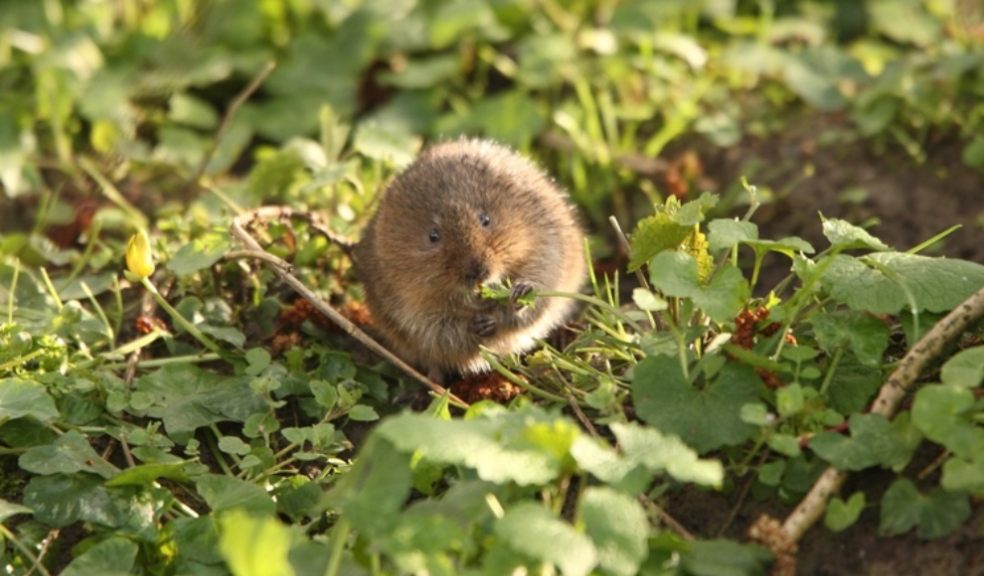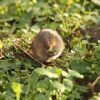
Survey local riverbanks this spring to help save endangered water voles
Wildlife charity People’s Trust for Endangered Species (PTES) is calling for volunteers across England, Scotland and Wales to search for sightings and signs of water voles along local riverbanks, canals and other inland waterways, from now until 15th June 2021.
This survey, which is part of PTES’ National Water Vole Monitoring Programme, helps conservationists find where water voles are living, how their populations are changing each year, and most importantly, where they are in most need of help.
PTES needs to build on the survey data gathered since 2015 to create a long-term picture of how water voles are faring, especially after having to cancel last year’s spring survey season. The charity hopes that the positive relationship people developed with nature during lockdown will mean the public are keen to get involved and help look for these endearing creatures, or their signs, this spring.
Henrietta Pringle, Key Species Monitoring & Data Officer at PTES, explains: “Water voles are Britain’s fastest declining mammal – a staggering 90% of the population was lost between the 1980s and 1990s alone - so they really need our help. Due to lockdown last spring, we were unable to survey water voles, meaning we now have a gap in our dataset. Finding out where water voles are is crucial to their conservation, so now more than ever we need feet on the ground to help us look for these adorable riverside residents to see how they’re faring.”
To take part, individuals, ‘bubbles’ or households are asked to select one of the 850 pre-selected sites close to their home, which can be found online. If there isn’t a pre-selected site close by, new sites on a local waterway can be registered. Volunteers are asked to walk along the riverbank looking for sightings of water voles, listening out for the characteristic ‘plop’ as they enter the water, or spotting the signs they leave behind, such as footprints, droppings, latrines or bankside burrows. Surveyors are also asked to record any sightings or signs of American mink and otters, both predators of water voles.
No previous experience is needed, as there are detailed survey guidelines and online training materials to help you identify water voles and their signs. To find out more and to take part in the survey, visit www.ptes.org/watervoles
Water voles used to be a familiar feature of Britain’s inland water networks, but loss of suitable habitat and the arrival of non-native American mink in the 1980s and 1990s drove them out of their former riverbank and waterway homes, decimating them. PTES set up the National Water Vole Monitoring Programme in 2015 to help counter this, building on work previously carried out by the Vincent Wildlife Trust.
Henrietta continues: “Despite the shocking statistics, knowing the reasons behind the decline means it’s in our power to reverse it. By restoring bankside vegetation and connecting patches of existing habitat across the landscape, water voles can be successfully encouraged to return to our waterways. With the help of the public this spring, we hope to better understand where water voles are living so we can best protect them – and hopefully, one day they will become a common sight on our riverbanks again.”
To find out more and to take part, visit: www.ptes.org/watervoles

















